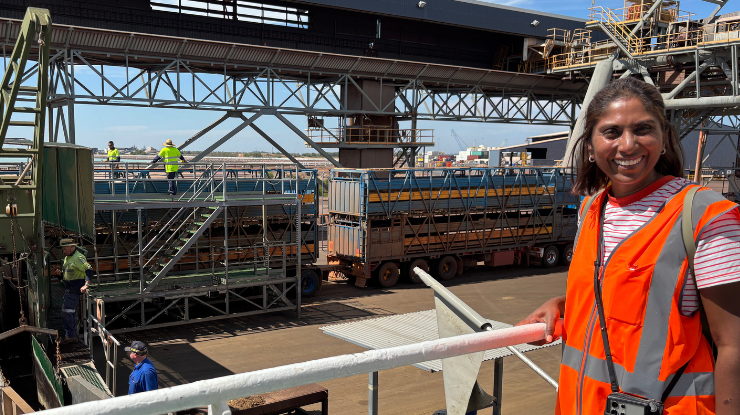 Dr Anneline Padayachee travelled to Darwin to see the industry in action.
Dr Anneline Padayachee travelled to Darwin to see the industry in action.
Live export – offering value across the globe
Over the past 12 months, nutritional food scientist Dr Anneline Padayachee has been diving deep into the live export industry, with her findings surprising her.
Anneline will take to the stage this month in Perth at LIVEXchange, as one of more than 30 speakers at the two-day live export conference.
In her presentation, ‘Protein with purpose: nourishing global communities’, Anneline will discuss the role of red meat both as part of a healthy diet and in supporting developing countries.
Offering overseas opportunities
The way nutrients in different foods interact with each other and how this affects absorption in the body and health, is Anneline’s bread and butter.
Recently, however, her work has taken her to the live export industry, where she has investigated the industry from an outsider’s perspective.
“I wasn’t sure what I would find but realised quickly how crucial the role of live export is in supporting developing nations and rural communities in Australia,” Anneline said.
With live export ships largely supplying red meat to developing countries, Anneline said providing nutritional food is a matter of public health, food accessibility and nutrition equality.
“If a lot of these places didn’t have access to these live animals, vast numbers of people wouldn’t have access to foods with these nutritional properties, such as zinc and B12,” she said.
Beyond nutrition, Anneline recognised the role of live export in supporting developing economies, giving opportunity for a supply chain in those countries importing red meat.
“I hope everyone working in the red meat sector, whether it’s producers, traders or exporters, realise they’re providing income for whole communities that would be under the poverty line, and creating sustainable income streams based on a very nutritious part of the diet,” Anneline said.
Bolstering public perception
Approaching the industry with an outside perspective, Anneline said that negative public perceptions often skew the realities of the industry.
“I think there is an opportunity to change that perception through an emphasis on how this impacts international public health, as well as supporting local rural and First Nations communities,” Anneline said.
“In urban Australia, we largely don’t have to consider an insecure food supply. Prices may increase, but we can always expect food to be on the shelf. That isn’t the reality for the countries where these animals are going.
"We also don’t often consider the cost needed to support our towns. High population creates economies. However, for remote parts of Australia, where populations are low, like parts of the NT, mustering large herds of cattle and water buffalo creates an economic pipeline that supports these regions. The impact live exporters have is far and deep,” she said.
“This work is not as simplistic as it is often portrayed and we need to consider what tools are needed to reframe public perception and better explain what live export is all about.”
Later this year, Anneline will publish her findings.
Until then, join Anneline and other speakers to hear insights and the latest research in the live export industry at LIVEXchange in Perth, 26–27 November 2025.



